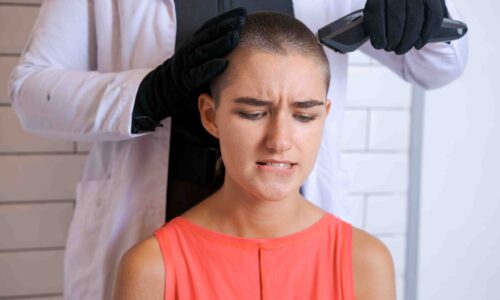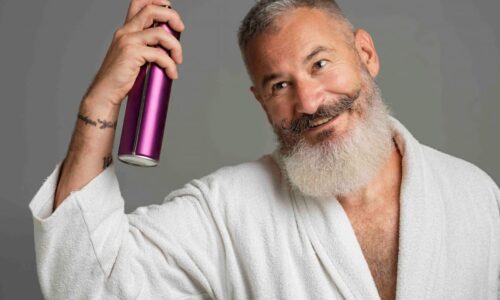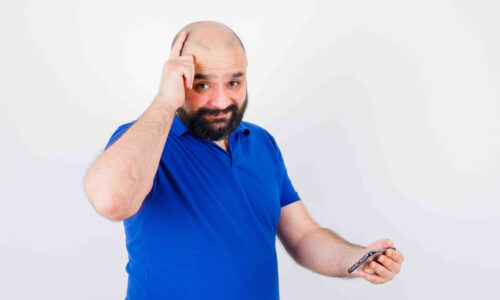Hair loss is a common problem among many individuals having Type 1 diabetic patients. Many people wonder if a Type 1 diabetic patient get hair transplant without complications. All is to control the blood sugar level before and after the surgery. When this is performed safely, it will change your natural hair look.
Doctors evaluate a patient’s systemic condition, healing capacity, and history of medications for diabetes before the treatment. With the help of latest techniques and technology, type 1 diabetic people are now safe to undergo hair transplant. The most important thing is to select an experienced surgeon and follow post-op instructions.
What is Type 1 Diabetes?
Type 1 diabetes occurs when immune system of body deteriorates the cells that produce insulin. No insulin means there is nothing to help sugar go into the cells of one’s body, and energy cannot be produced within the body. Because of this blood sugar approaches dangerous levels and you begin to feel tired, having weight loss and blurred vision. It mostly starts in children or teenagers and can develop at any age.
Living with type 1 diabetes is a day-to-day commitment and an emotional battle to win. You have to be checking your blood sugar levels all the time and taking insulin injections or using an insulin pump to keep your health better. Early diagnosis of type 1 produces a best way in turning fear into firm determination.
Understanding How can A Type 1 diabetic patient get hair transplant:
Type 1 diabetes is an autoimmune disorder because there is no or less production of insulin by the pancreas. While its long term complications can affect many systems within the body and extend to areas such as skin health, blood circulation, and hair growth.
How Type 1 Diabetes Contributes to Hair Loss
People with Type 1 diabetes may experience diffuse thinning, alopecia areata (an autoimmune disease that attacks your body’s hair follicles), or telogen effluvium (excessive shedding of resting hair) due to:
- Poor circulation
- Autoimmune-related inflammation
- Hormonal imbalances
- Stress and metabolic changes
- Nutritional deficiencies
These key factors weak your scalp environment and finally stops your hair regrowth.
Is Hair Transplantation Risk Free for Type 1 Diabetic Patients?
As these patients are considered as high-risk for treatment, so steps before and after the surgery must be watched closely. Latest technology and methods have made it safe and possible now. Type 1 diabetic patients can undergo hair transplant if their blood sugar level is under control.
Pre-Transplant Requirements for Type 1 Diabetics
Before undergoing a hair transplant, Type 1 diabetic must check:
- Blood sugar testing (FBS, PPBS, HbA1c)
- Cardiovascular assessment
- Renal function tests
- Infection markers
- Scalp evaluation and density check
Endocrinologist clearance is often required, and the diabetes treatment plan may be adjusted prior to surgery to ensure healing potential.
Best Hair Transplant Techniques for Diabetic Patients
FUT (Follicular Unit Transplantation) and FUE (Follicular Unit Extraction) are considered as the best techniques for diabetic patients. Typically, the first priority is FUE because it involves minimal invasion and offers quick recovery.
Post-Transplant Care
Best Post-op care is ensured for successful graft survival and minimizing complications for the type 1 patient. These patients must adhere to the following:
- Strict Glycemic Monitoring
- Infection Prevention
- Wound Care and Healing
Risks and Complications Specific to Type 1
- Delayed wound healing
- Graft rejection or failure
- Folliculitis
- chronic inflammation
- Scalp necrosis
These risks are significantly mitigated when the procedure is performed by a qualified surgeon with experience in high-risk patients and when glycemic control is strictly maintained.
Success Rate of Hair Transplants in Type 1
Type 1 diabetic persons have witnessed good results of hair transplantation similar to non-diabetics if proper medical guidelines are followed. Doctors often evaluate several health factors before a Type 1 diabetic patient get hair transplant treatment. Patients with controlled diabetes, good scalp circulation, and who follow post-surgical care have recorded excellent results. The survival rate of the grafts has been between 90-95%.
Patient Eligibility Checklist
Before considering a hair transplant, Type 1 diabetic people should evaluate the following:
- HbA1c is below 7%
- No history of diabetic complications like neuropathy or retinopathy
- Healthy scalp with adequate donor area
- No active infections or scalp conditions
- Clearance from primary care physician
- Commitment to postoperative follow-up
Conclusion
It is essential that a Type 1 diabetic patient get hair transplant only at a certified and experienced clinic like AHT Aesthetic Medical Center in Dubai. FUE Hair transplant is indeed a flexible and very effective solution for type 1 diabetic patients if the disease is under control.
Patients of type 1 diabetes should not go for a hair surgery without a complete assessment and specific medical recommendations. A proper planning with hair transplant surgeon results best in restoration of hair as well as confidence for diabetic individuals.



